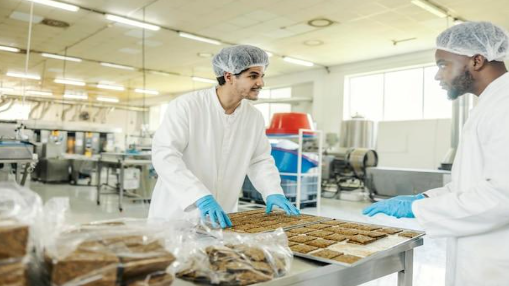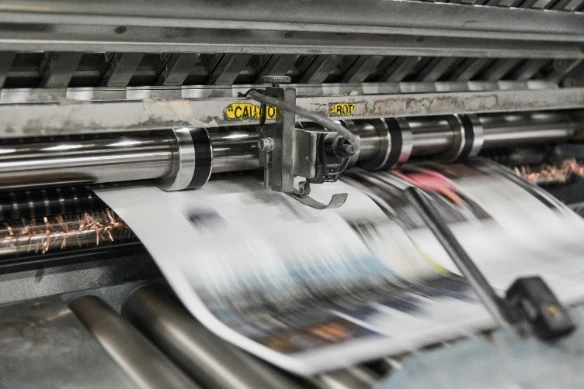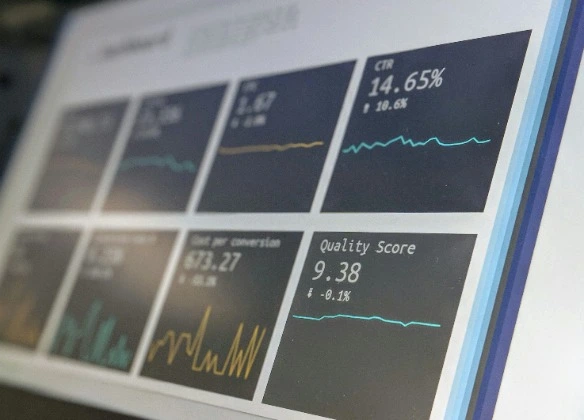

9 Adequate Food Safety Practices You Must Consider
Food safety is paramount for businesses that are part of the food production line. In case of poor food management during production, the food starts to become contaminated with dangerous bacteria. Offering such foods might help you make money in the beginning, but you will eventually end up losing your customers and business reputation in the market.
Therefore, working on safe food practices is crucial. No lie, but keeping the food all clean may seem impossible. However, a few simple strategies and practices can help you reduce the risk of bacterial attack in food production and ensure a healthy and smooth process.
Read on to explore how:
1. Foster Employee Hygiene
Just like employee training is crucial, their hygiene also matters the most. When it comes to preparing and packing the food, the employees must ensure they are following safe practices to maintain hygiene.
Educate your employees on washing their hands. Moreover, you must encourage them to wear PPE gear when operating in the kitchen. When it comes to hair safety, men and women both should ensure the entire head is covered to prepare the food in a safe way.
2. Wash All Produce
Another thing you need to work on for safe food practice is washing all the produce to prevent cross-contamination. Usually, fresh and even organic food starts to contain bacteria, which can create the risk of impacting the quality of your food.
Therefore, you must consider washing and properly drying the produce before packaging. This way, you can reduce the risk of contaminating any bacteria. However, not all food items are cooked. So, check the FDA regulations and carefully wash to remove any potential bacteria from your food.
3. Sanitize All Food Contact Surfaces
When it comes to maintaining the hygiene of the food, it is also essential for the manufacturer to clean the surfaces of the area where the food is prepared. Proper sanitization will ensure that the pitch is ready to prevent the food from any contamination.
However, sanitizing manually can be a taxing job. Instead, you can consider investing in a Master Sanitation solution to let the technology track and manage the process. This way, you can be more focused on bringing creativity to your food processing.
By getting it streamlined, you can simply make your job easy and reduce human error in the process.
4. Store and Refrigerate Food Properly
When it comes to saving food practices, another crucial thing you need to consider is maintaining appropriate temperatures. This is the key to basic food safety practices to ensure the food is healthy for consumption.
Therefore, ensure all the refrigerators stay at or below 40 degrees to help minimise the potential bacteria growth. Foods stored in the refrigerator should also be stored in the proper sections and in tightly sealed containers to avoid contamination.
5. Cook All Food to Appropriate Temperatures
Naturally, raw foods can carry many different foodborne illnesses, such as salmonella. To prevent this illness, you should include cooking and raw foods to the appropriate internal temperature.
Several raw foods, particularly meat and poultry, contain harmful bacteria which can increase the risk of developing foodborne illnesses. Therefore, it is crucial for you to cook the food at the appropriate internal temperature.
The necessary temperature varies depending on the food products. This is why it is essential for you to educate yourself and your staff on the importance of appropriate temperature and cooking.
6. Ensure Staff Training
There is no greater safety hazard to food than untrained staff. When the staff doesn’t have proper training, they will be more likely to mishandle the food, keep it undercooked, or be unable to manage teh temperatures.
They might not use the commercial kitchen well, which will impact the results of your food products. Instead of losing the trust and quality of your food items, the best thing you should do is offer training. When you have trained staff, they will take all the safety precautions to maintain the health and quality of your product.
Moreover, if you’re planning to expand your business and bring innovative technology,, ensure your staff is trained to operate and cooperate with new systems.
7. Inspect Your Kitchen
Another tip to help you improve basic kitchen safety is performing your own inspection. For this purpose, you should educate yourself on the different areas of food safety. Moreover, you should walk through your kitchen regularly to identify any issues or potential risks.
Performing checks twice a month will allow you to stay constantly aware of cleaning factors. This way, you can catch the issues quickly and take the necessary steps to address the problems on time.
8. Know the Local Health Codes
For effective food safety practices in restaurants and other commercial kitchens, it’s crucial for you to familiarize yourself with the local health codes. The state and county health departments are the direct enforcers of local, state, and federal health regulations.
Knowing the codes before opening a restaurant is essential to save yourself from any critical fines and violations. Therefore, invest your time in learning these codes so you will be all aware of the safe practices that can save your space from a shutdown.
While you’re working on the health codes, the next thing you should work on is understanding the drainage system. Whether you’re producing a bulk of food or operating a restaurant, ensure you have a safe drain system installed around the space.
9. Sanitize All the Surfaces
Bacterial contamination is one of the major risks for the food production business. The only key to keeping these tiniest creatures away is sanitizing the spaces. By cleaning all the contact surfaces, you can eliminate the risk and maintain food safety.
So, educate your team on how to clean all surfaces before and after use. Take special measures when working with raw meat, poultry, and raw eggs.

Technology
25 March 2025
Ransomware-As-A-Service Variants on the Rise With Critical Infrastructure Providers at the Greatest Risk

Business Advice
25 March 2025
Claims Processing Automation: How Insurers Can Cut Costs and Improve CX

Technology
18 March 2025
Secret Signs Your Internet Security Has Been Compromised






















